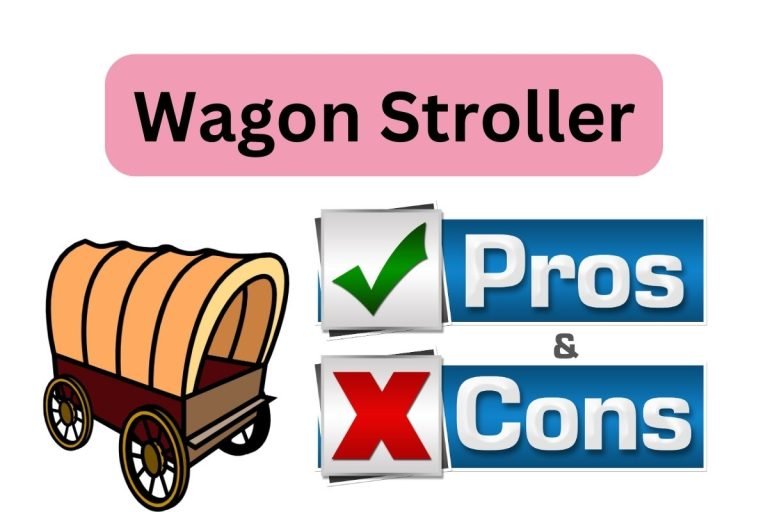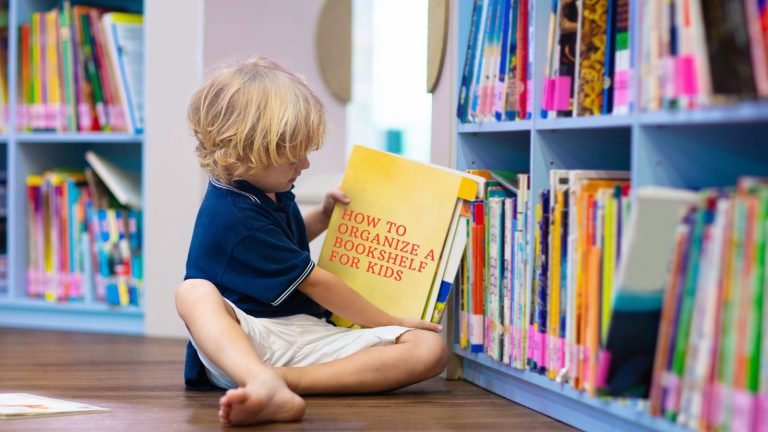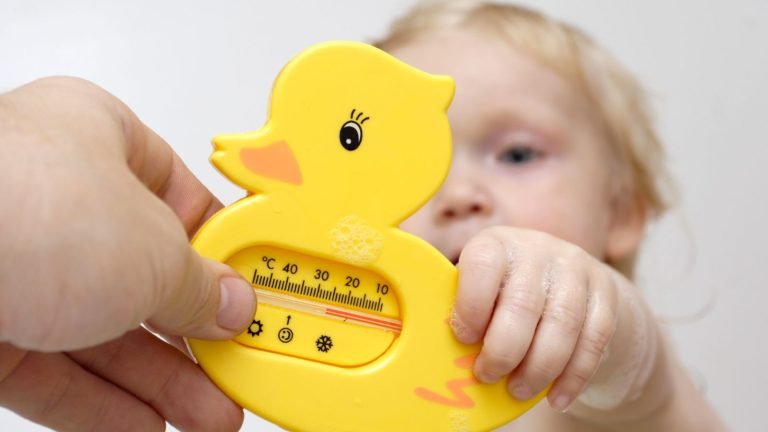5 Essential Safety Tips for Using a Travel Car Seat on Airplanes
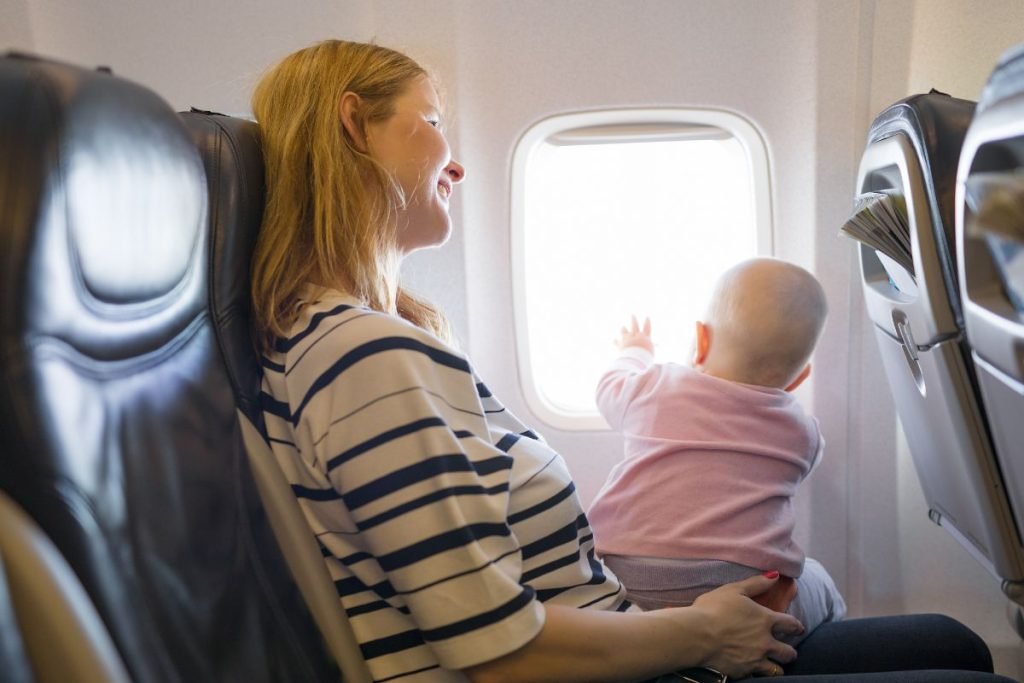
Are you nervous about using your child’s car seat on an airplane? Transporting little ones through the airport and securing them into airplane seats can be stressful. This blog post provides 5 essential tips to make using your travel car seat on flights safer, easier, and less nerve-wracking.
By reading these practical Tips for Using a Travel Car Seat on Airplanes, you’ll learn how to choose the right car seat manufacturer for air travel, properly install it on the plane, avoid common mistakes, and keep your child comfortable throughout the flight.
With this advice, you can feel confident bringing your car seat onboard and providing your child with the safest trip possible.
Key Takeaway – Tips for Using a Travel Car Seat on Airplanes
- Choose a lightweight, compact travel car seat approved for use on airplanes that meets the airline’s size and weight limits
- Properly install the rear-facing car seat using the airplane seat belt and get it certified by the flight crew before takeoff
- Keep child secured in a car seat for the entire flight to protect them during unpredictable turbulence
- Support car seat use by packing accessories like an extra base, toys/books, and using a travel bag to transport through the airport
1. Choose the right travel car seat
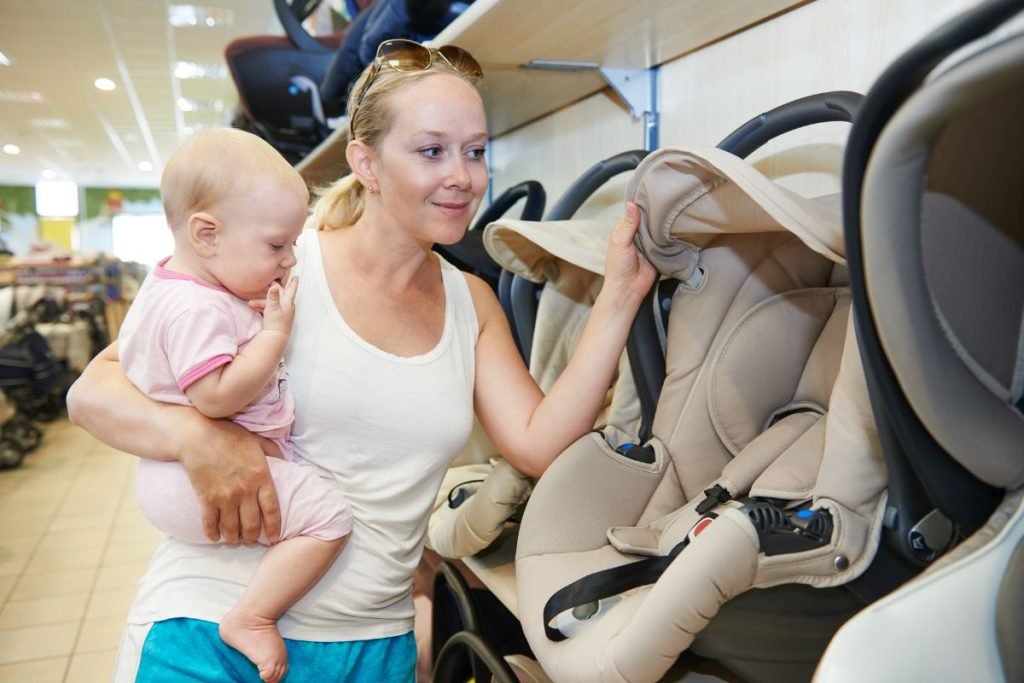
When selecting a car seat for airline travel, finding a lightweight, compact infant or convertible car seat designed specifically for airplane use is important. Look for an FAA-approved travel car seat that meets your aircraft’s size and weight restrictions.
Popular lightweight car seat options are travel seats like the Britax Emblem are under 10 lbs and have easy rear-facing installation features ideal for infants and toddlers. Convertible car seats that allow rear-facing positioning are also great for plane travel.
Avoid bulky or heavy convertible travel car seats not made for aviation use, which may obstruct other passengers. Choosing the right lightweight travel car seat will properly fit airplane seats and is essential for your child’s safety and comfort on the flight.
Research weight limits and dimensions to find the best travel car seat for your infant or toddler that will work with your airline’s size and lightweight restrictions.
2. Install the car seat properly
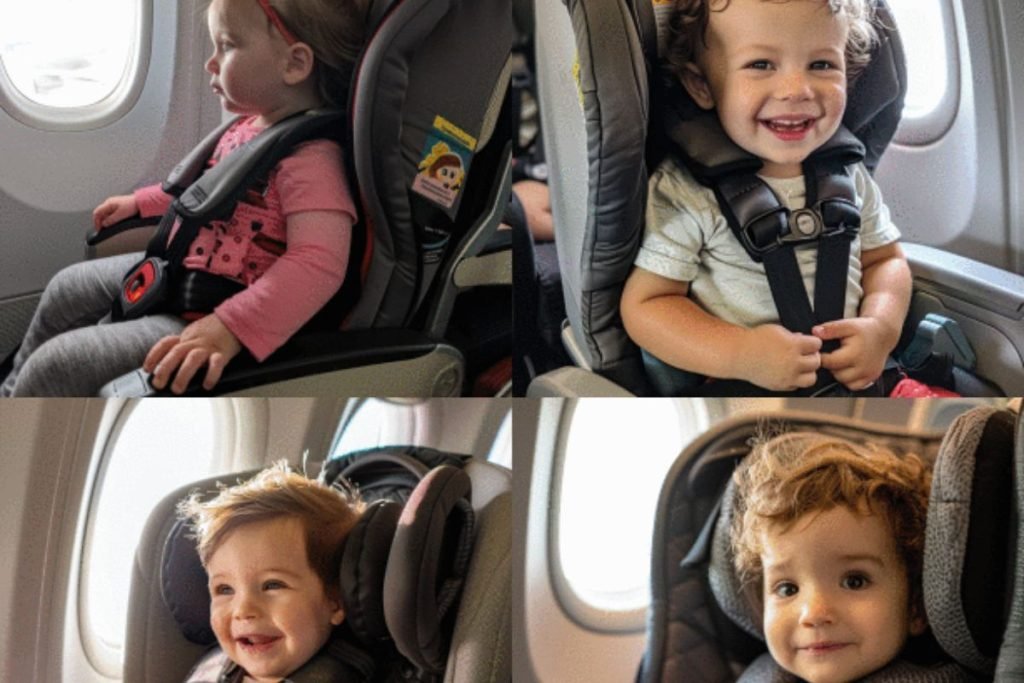
Installing your infant or convertible car seat on an airplane seat takes some adjustments from regular use in motor vehicles. Airplane seats have fixed upright backs, so it’s important to securely fasten forward-facing seats or additional seats to the rear-facing seat using the plane’s lap belt.
Thread the seat belt through the correct belt path – refer to your car seat manual for guidance. Tighten the front forward-facing car seat so it doesn’t move more than one inch side-to-side or front-to-back. If needed, use a locking clip to prevent slippage.
For toddlers over 40 pounds, a belt-positioning booster seat can also be installed using the lap belt. Avoid window seats with immovable armrests obstructing proper car seat angles and installation.
The key is properly adjusting and securing the lap belts of your child’s safety seat just as you would in your car to protect them while flying.
3. Get seat certified by the flight crew
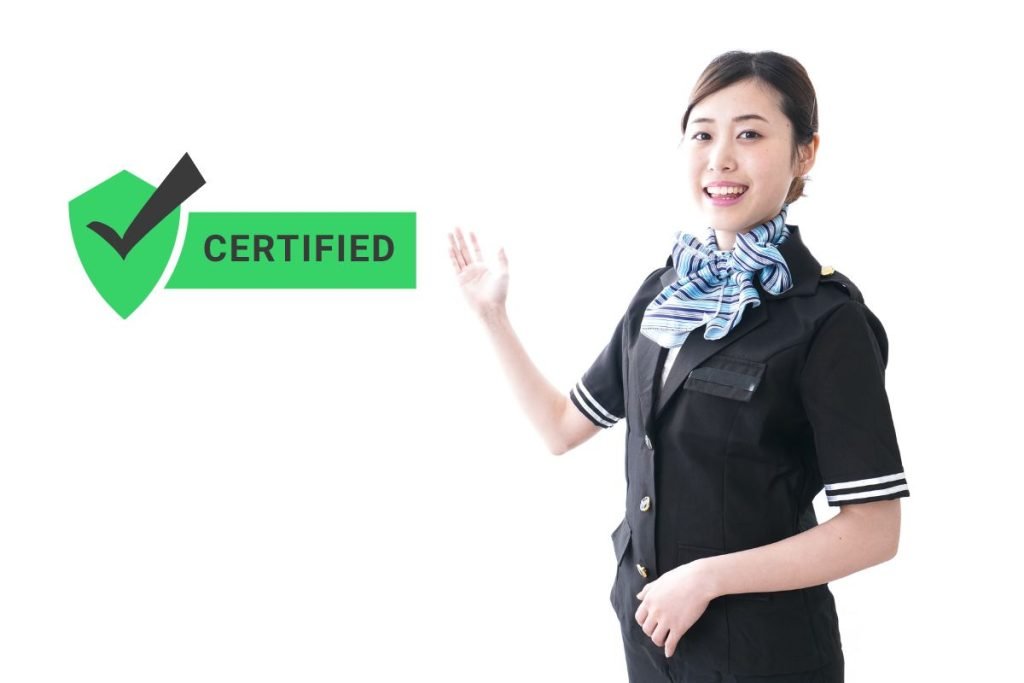
It’s important to get your child’s car seat inspected and approved by the airline flight crew before takeoff, as mandated by FAA regulations. After installing the rear-facing infant seat or convertible car seat, notify a flight attendant to verify it is properly secured.
Be ready to make any adjustments needed for the middle seats for maximum safety and stability. Ask the attendant to document their certification with a tag or sticker. Some airlines, like Alaska Airlines, require car seats to be inspected at the gate – so arrive early and flag down an agent for verification.
If you’re unsure about specific regulations, check the car seat laws for traveling for your airline and destination before your trip.
Following proper protocol ensures your child restraint systems fully comply with FAA child safety rules and gives you peace of mind that your car seat is airline-approved for the flight. Don’t hesitate to ask the airline crew to check your installation. A certified travel car seat means your child can ride more safely at 30,000 feet.
4. Utilize the car seat throughout the flight
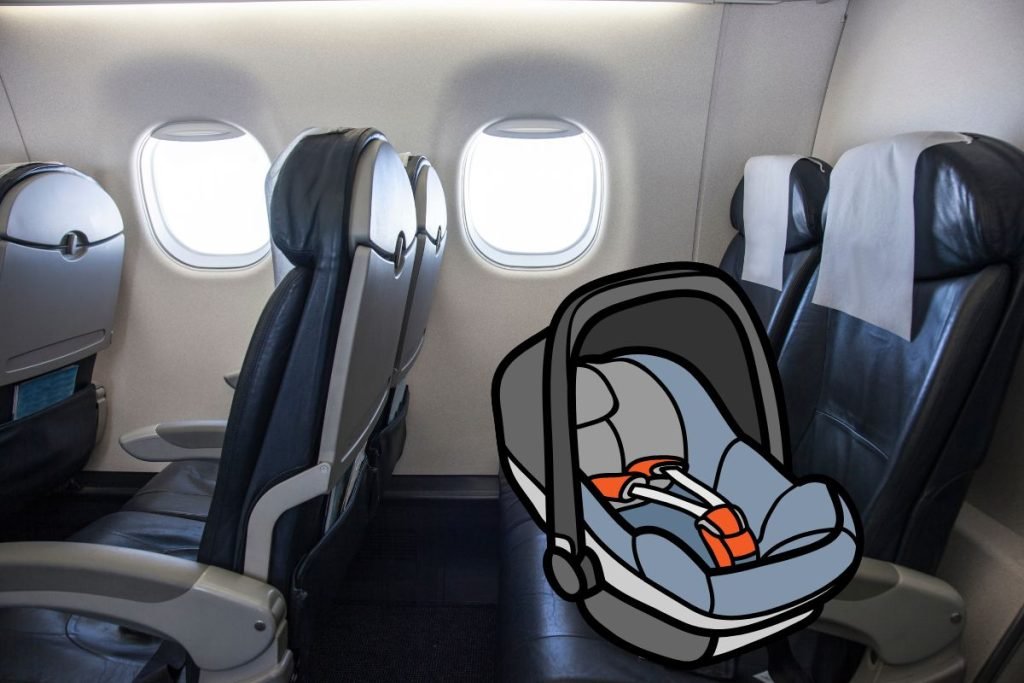
For the full flight duration, keeping your child in their travel seat, rear-facing infant seat, convertible car seat, or booster seat is vital. FAA regulations require car seats to be used for both takeoff and landing.
But best practice is buckling your little one in their car seat for the entire flight. Turbulence is unpredictable and can happen at any time. Properly harnessing your child in their car seat promotes safety and prevents injury.
Avoid holding a baby or lap child in your lap while seated, as this puts them at major risk during turbulence. Experts strongly advise keeping your child in their travel car seat whenever seated, even if they fall asleep.
Follow all instructions from the flight crew, but insist on utilizing your car seat for the entirety of the flight, both on the ground and in the air. This ensures maximum protection.
5. Bring supporting gear
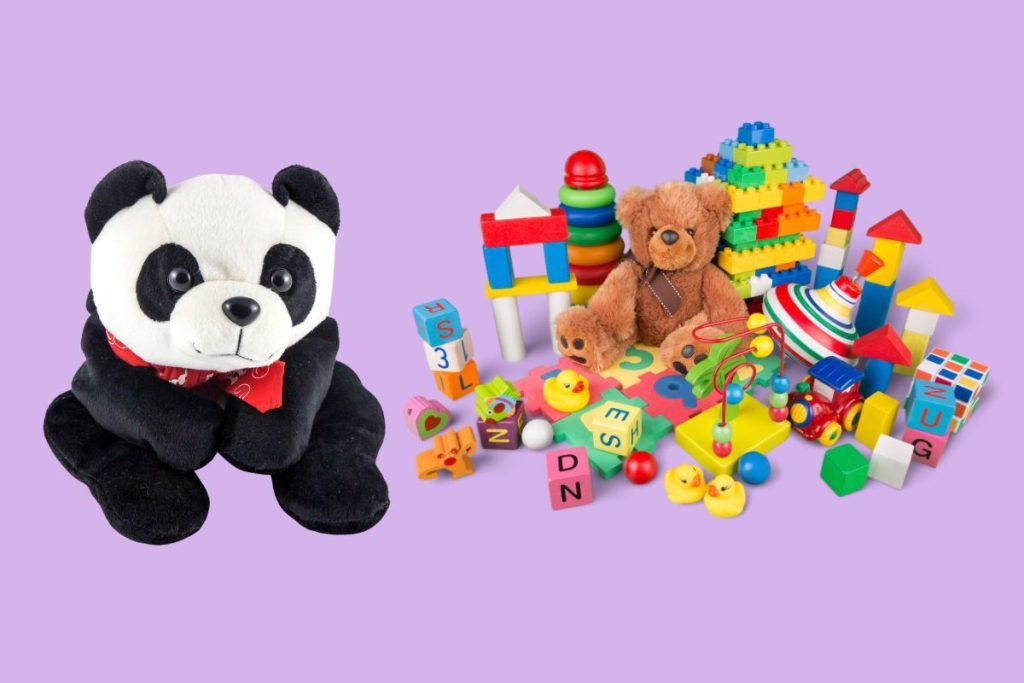
When traveling with a car seat, useful accessories can make your flight smoother. Pack an extra base to avoid uninstalling between flights. Bring toys, books, and snacks to entertain your child.
Use a car seat travel bag or attach the base to a stroller for easy airport transport. Travel with a stroller can simplify your journey by providing a convenient way to move through the airport and gate areas with ease.
Label everything with your information. The right car seat and gear make flying with your little one’s car seat hassle-free by keeping them content and making installation easy.
Summary
Using car seats safely on airplanes requires selecting a child restraint system, the right lightweight model approved for aviation, proper, rear-facing seats, front-facing installation, notifying the airline early, securing your child with the harness throughout the flight, and bringing supporting gear. Following key tips ensures your child flies comfortably and securely in their car seat.
Frequently Asked Questions
Is It Safe for Babies to Fly Without a Car Seat?
No, it is unsafe for babies to fly without being in an approved car seat. Turbulence can cause serious injuries if infants are unrestrained. Always use a car seat to keep your little one protected.
How Do I Install the Car Seat on the Airplane?
Carefully secure the car seat rear-facing with the plane’s seatbelt. Follow the car seat manual and ask the flight attendants to verify the free seat installation.
What Are the Airline Rules for Car Seats?
Rules vary, but generally, infants under 2 must be in a car seat, and some airlines require infant car seats only to be inspected at the gate. Check with your airline before flying.
How Do I Get My Car Seat Through Airport Security?
You can transport your infant and car seats through security and to the gate. Airlines allow car seats to be gate-checked right before boarding for free.
Can I Use My Infant Carrier on a Plane?
Yes, FAA-approved rear-facing infant carriers are allowed and should be used. Make sure it’s lightweight and fits the airplane seats.


